Nagoya Scenery: Best Instagrammable Photo Spots in the City
2025
12/14
Contents
Nagoya Castle
Nagoya Castle is a symbol of the city. It was built by Tokugawa Ieyasu in 1612. The castle was completely destroyed during air raids in World War II, but it was later reconstructed. However, the castle walls and other structures have been preserved in their original form. On the north side of the castle is Meijo Park, which is well-known as a popular spot for cherry blossoms.
Shikemichi
Shikemichi is a street where the townscape of the Edo period has been preserved. This area suffered relatively little damage during the air raids, allowing many historical buildings to remain intact and be preserved.
Some of the buildings are now used as cafes and restaurants.
Endoji shopping district
I also recommend visiting Endoji Shopping Street, which is next to Shikemichi. This area retains the atmosphere of a post-war shopping street, with a variety of shops lined up, offering a nostalgic experience. Every year, from the end of July to August, the Tanabata Festival is held here.
There are also shops selling traditional Japanese goods, making it a great place to buy souvenirs.
Along the shopping street, there’s a small shrine that has an atmosphere reminiscent of something you’d see in an anime.
Noritake Garden & Aeon Mall Noritake TSUTAYA Books
Noritake Garden is a stylish cultural area built on the former site of the Noritake porcelain factory. The red-brick buildings, greenery, and water features create a calm and photogenic atmosphere, making it a popular Instagram spot in Nagoya.
Inside Aeon Mall Noritake, TSUTAYA Books is known for its beautifully designed bookshelves. The open space, warm lighting, and carefully arranged books make it a favorite place for photos. It is a unique spot where shopping, culture, and design come together.
TV tower and Hisaya Odori Park
Hisaya Odori Park, located in the heart of the bustling Sakae district, is an ideal spot for photography. This long, narrow park stretches nearly 1.5 kilometers. The southern end features a Western-style garden known as “Flarie.” In the center of the park stands the TV Tower, a symbol of the Sakae area in Nagoya. The park hosts various events and serves as a relaxing space for citizens.
Flarie garden The Cultural Path
On the east side of Nagoya Castle lies the Cultural Path
Many of the buildings survived the air raids of World War II, showcasing a fascinating blend of Japanese and Western architectural styles. These elegant houses, gates, and gardens create countless picturesque scenes, making the Cultural Path one of Nagoya’s best spots for photography.
The best way to explore is to walk east from Nagoya Castle, visiting each location in order. If you plan to see everything, set aside at least half a day to a full day. Still relatively unknown among foreign visitors, the area offers a quiet and rewarding atmosphere—perfect for taking beautiful photos while experiencing Nagoya’s hidden charm.
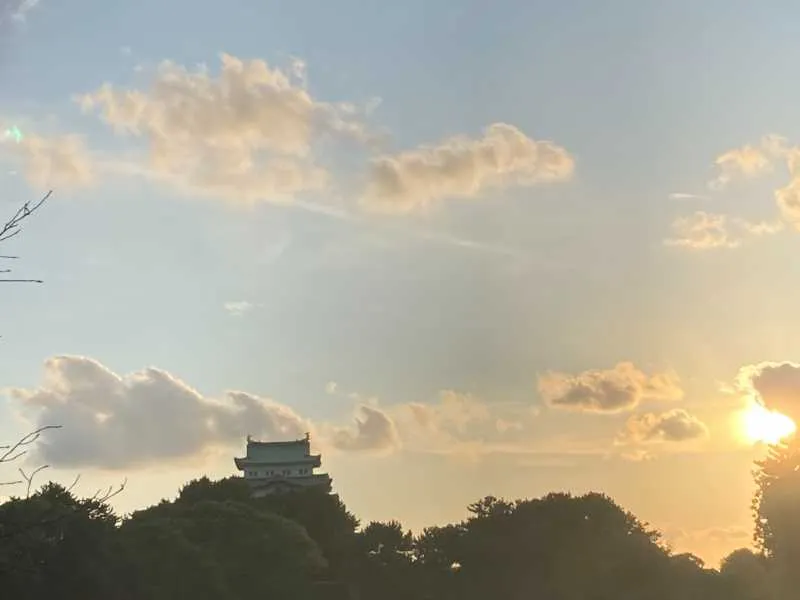
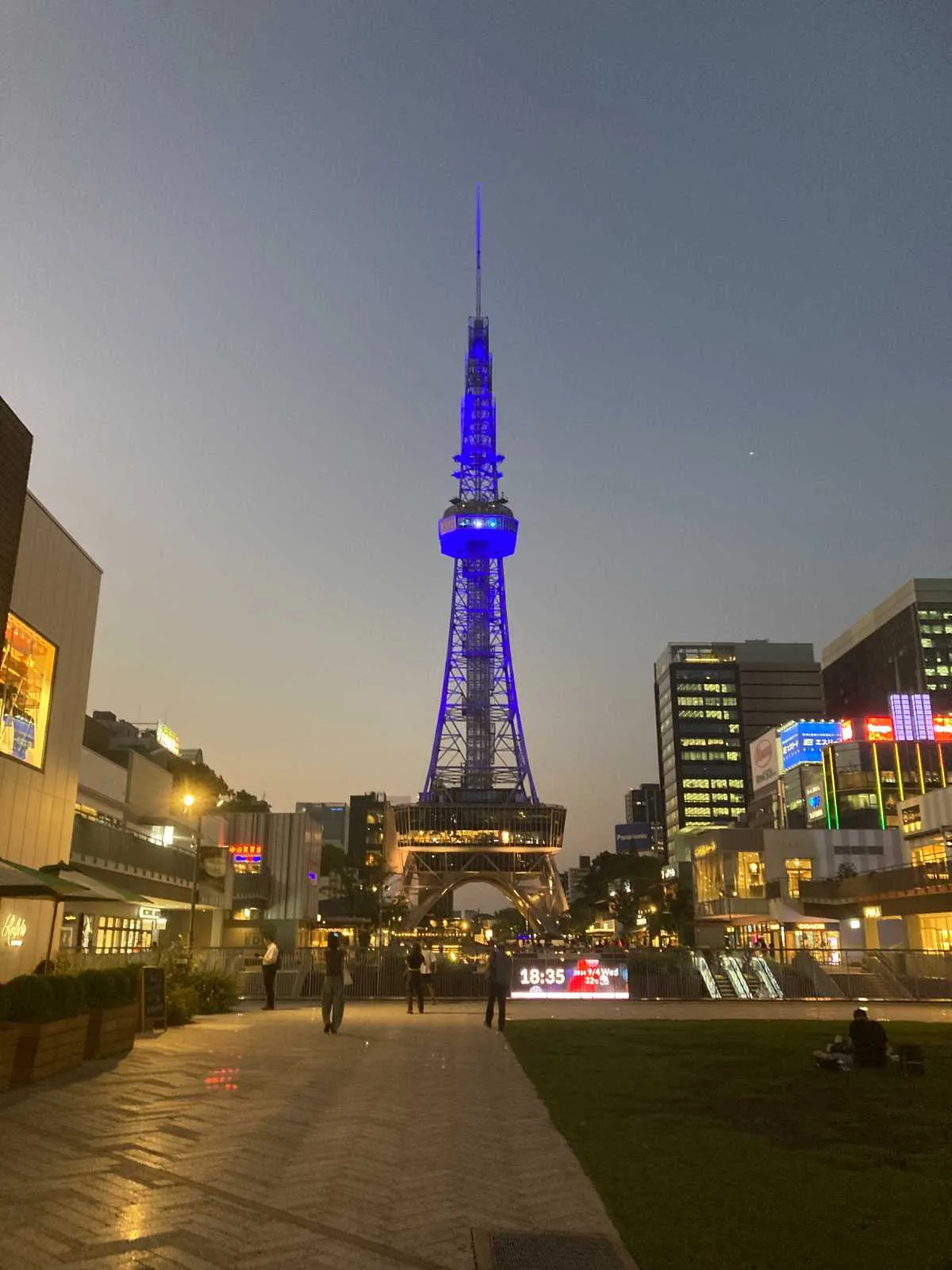
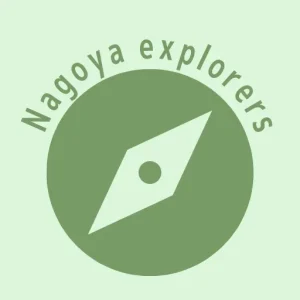

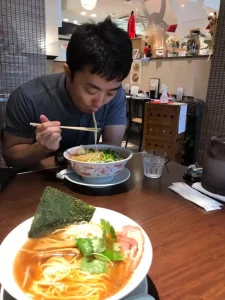

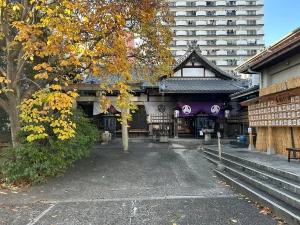

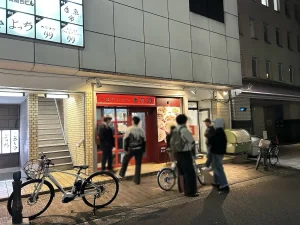

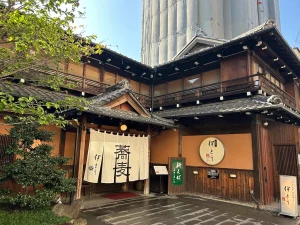

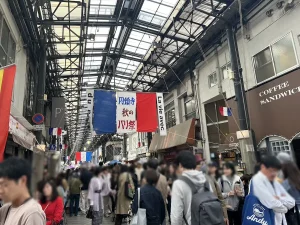

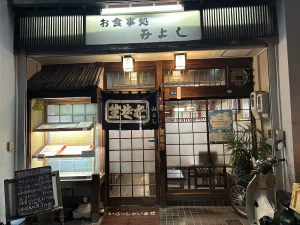

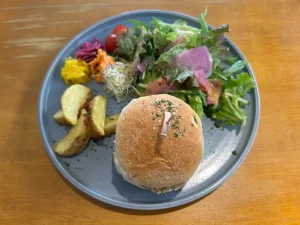

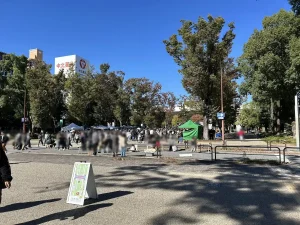

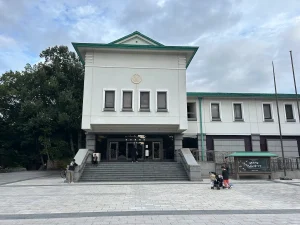

LEAVE A REPLY